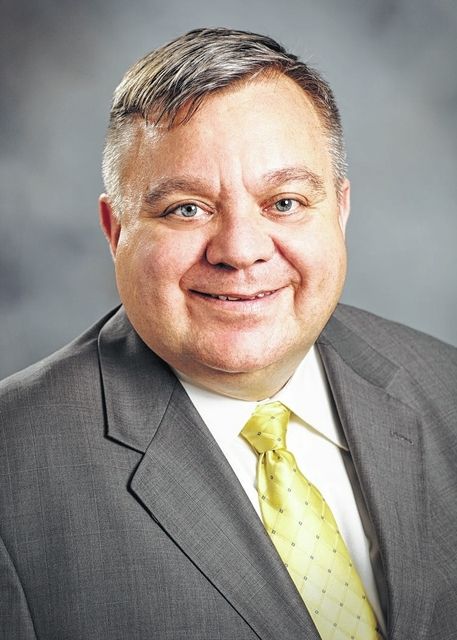Click here to subscribe today or Login.
More than 40 years ago, a young adult with very modest family means began an uncertain journey in higher education. It was fraught with many pitfalls and unknowns as this aspiring collegian was one of 13 children and had to finance his college education on his own through a mixture of loans, grants, scholarships and institutional financial aid awards.
Thankfully, in the late 1970s and early 1980s financial aid for students in need was somewhat plentiful. Over his four years in college, this engineering major secured National Direct Student Loans, Supplemental Educational Opportunity Grants, Basic Educational Opportunity Grants, Ohio Instructional Grants, institutional grants and more, while also earning extra money in the work-study program on campus.
He eventually earned his undergraduate degree and entered the workforce, where he became the inventor of 12 U.S. patents for a major tire manufacturer. Since then, this lifelong learner has earned his master’s in economics and Ph.D. in business administration and returned to higher education to teach and lead the next generation.
Why am I sharing my story with you today? It is not unique, I agree. Many students in need struggle to finance their college educations to this day, just as I did from 1977 to 1981.
Unlike then, though, financing college degrees for students in good standing is becoming more complicated and ambiguous. Take the Federal Perkins Loan Program for example. Two years ago, the federal government moved to eliminate it even though it supported more than 300,000 low-income students nationally at more than 1,700 institutions. The idea was to streamline financial aid to one grant, one work-study program, and one loan per student.
The one plus one plus one scenario is interesting, but we need to find a practical way to make it work prior to removing the current support structure for our students. With bipartisan support, the Perkins Loan Program was saved in 2015 and students continued to have access to higher education.
Unfortunately, we are back to the same situation. Unless Congress acts by Sept. 30, the extension of the program will end. Its replacement has not yet appeared for public consumption, and as I wrote two years ago, “We have taken a solid program that works for everyone and replaced it with, well, nothing. That’s not solid policy, good government, or building a future for all of us.”
Hope remains, however, as a bipartisan group of 77 lawmakers has introduced House Resolution 2482 to once again save the Perkins Loan for students in need.
The Perkins Loan supplements larger federal financial aid programs, such as the Pell Grant. While students do not need to repay Pell Grants, the Perkins program carries a 5-percent fixed interest rate over 10 years. Institutions, such as Misericordia University where I serve as president, contribute to the loan fund to supplement the taxpayer portion. Misericordia has more than $600,000 committed to the program in the form of loans in support of over $1 million in federal funds.
Universities and the federal government recover their investments if the program ends. Students who need funding – get nothing.
The federal government could simply stop contributing additional dollars and let student payments fund future loans. In fact, that is what has been the practice since 2004. Are we going to eliminate a fully funded program that works for students and taxpayers alike for the purpose of oversimplification?
The annual cap for a Perkins Loan is $5,500 annually, with the average being $2,000. We can, and do, loan students about $8,000 to help them get a degree. Those students are going to pay taxes after graduation for about 40 years. This seems to be a terrific investment and a way to provide access to students with limited resources.
A simplification of higher education financial aid is indeed a laudable goal. It was a primary effort in the last reauthorization of the Higher Education Act in 2003. The HEA technically expired in 2013, leading to numerous efforts to construct a new HEA or the next reauthorization.
In my opinion, we should not end successful programs prior to creating a new HEA that can support all students who are capable and ready to work toward a degree or certificate. Colleges and universities, including Misericordia University, are ready to continue to use our financial contributions for today’s students. I hope our legislators will continue to provide federal support to match university funds in support of our capable students and future community leaders.





